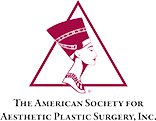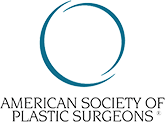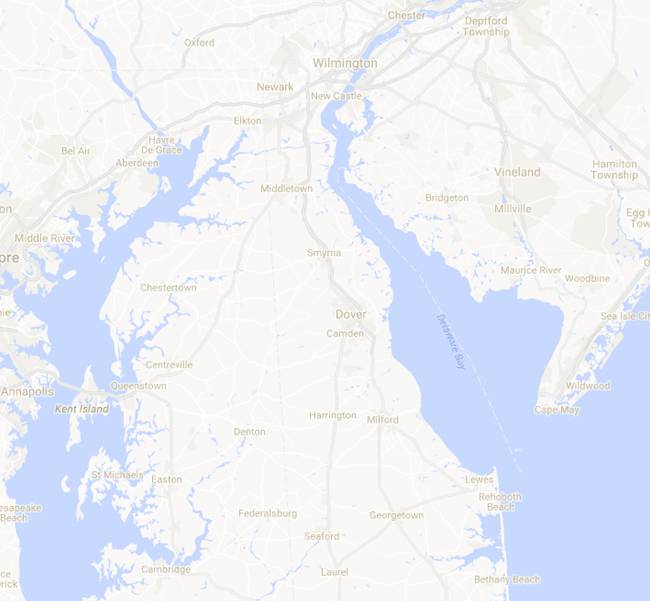Fat Grafts
Jump To
Fat Grafting for Minimally Invasive Facial Rejuvenation
One of the key components of facial aging is volume loss (D2) where there is a progressive loss of facial volume with slow deterioration of collagen support network, fat and bone composition. This loss of volume also leads to increased facial sagging, deepening of lines and wrinkles and creation of folds.
Dermal fillers are very popular treatments to address the loss of facial volume but need to be repeated and over time can be more costly than fat graft procedures.
Fat graft procedures can be safely performed in the office setting under local anesthesia with oral premedication. The procedure takes about one hour.
The risks are few including bruising and swelling up to one week, unevenness which is provider dependent and fat resorption (up to 40% resorption but less if combined with PRP).
In the initial consultation, the treatment area will be discussed as well as where the fat will be taken from. Common donor sites include lower abdomen, love handles or the thighs.
Patient can return to work after a couple of days and exercising in about a week. The final results are seen around 3-4 weeks after the procedure and are long lasting after that point unless there is a significant change in the patient’s weight.
The fat grafts can be combined and enriched with PRP for better fat survival. The fat is delivered in similar fashion as with Sculptra or some dermal fillers utilizing blunt microcannula techniques. The major advantage of fat grafts is access to a more significant amount “collagen building” material from the various donor sites previously mentioned.
The same technique for facial fat grafting is also applied for minimally invasive hand rejuvenation.







